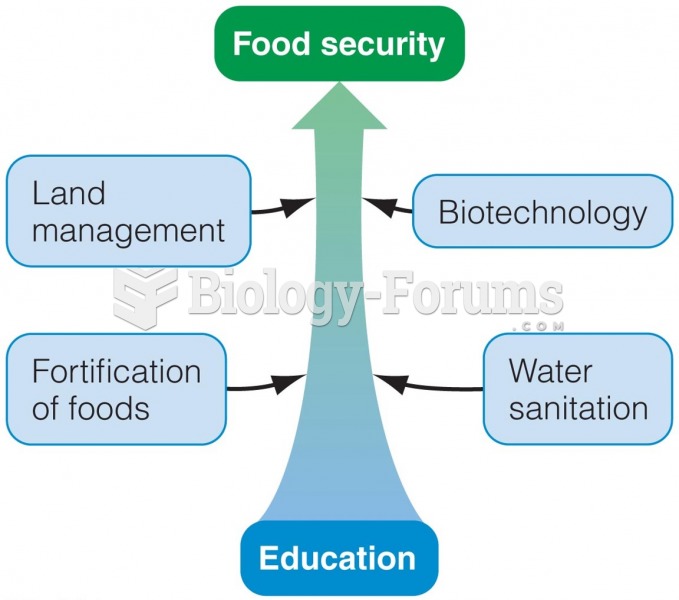Answer to Question 1
The gold standard is to get weekly indirect calorimetry studies to assess nutritional needs and adequacy of feeding.
Patient must have rested in a supine position for a minimum of 30 min.
Measurement should be done in a quiet, thermo-neutral condition (for example, should not be done if room temperature is increased for any reason).
Routine nursing care, therapies, and family visitation should be completed 30 minutes before the study (these are not allowed during the study).
If patient needs pain or agitation control, he/she should be treated 30 minutes before the study and this information should be documented.
If patient is on mechanical ventilation, FiO2 should be <0.6.
Must have stable, non-fluctuating FiO2 (variation should be <0.01).
Ventilatory settings are not changed for 90 minutes before the study is initiated.
Air leaks from the system should be avoided (ETT/trach cuff leak, chest tube leak, or bronchopleural fistulas).
Patients who are not on mechanical ventilation should be able to tolerate room air (all sources of supplemental oxygen, i.e., nasal canulas, masks, or trach collars should be turned off during the study).
Enteral and parenteral nutrition should have been infused at goal rate for the past 12 hours without any change in regimen and infusion should continue through the study.
If patient is on bolus or cyclic nutrition or on a diet, study should be done approximately an hour after feeding/eating.
Patient should not have received general anesthesia for the past 6-8 hours.
For patients on scheduled hemodialysis, study should be done on non-dialysis days. If patient is on PRN dialysis regimen, the study may be done 4 hours after the completion of the treatment.
Study should be delayed for an hour after burn dressings or other painful procedures.
Answer to Question 2
Nitrogen balance = N intake (g/24 hr) (urinary N g/24 hr + 3 g/24 hr)
N intake: 1600 mL TPN x 0.0425 g protein/cc = 68 g protein
68 6.25 = 10.88 g nitrogen intake
10.88 (18.4 + 3) = -10.5 g
Mr. Page is in negative nitrogen balance, indicating he continues to be catabolic.
He has only been on nutritional support for 4 days and it will likely take much longer to reverse his catabolic state.
It would be wise to repeat the nitrogen balance to ensure the amount of catabolism is decreasing.
Any test that relies on the collection of urine over a 24-hour period is at risk for inaccuracies.
Nitrogen balance studies in this situation, however, are much easier because the amount of nitrogen in the parenteral nutrition is known and his urine is being collected via a catheter, which decreases the risk of losses.







